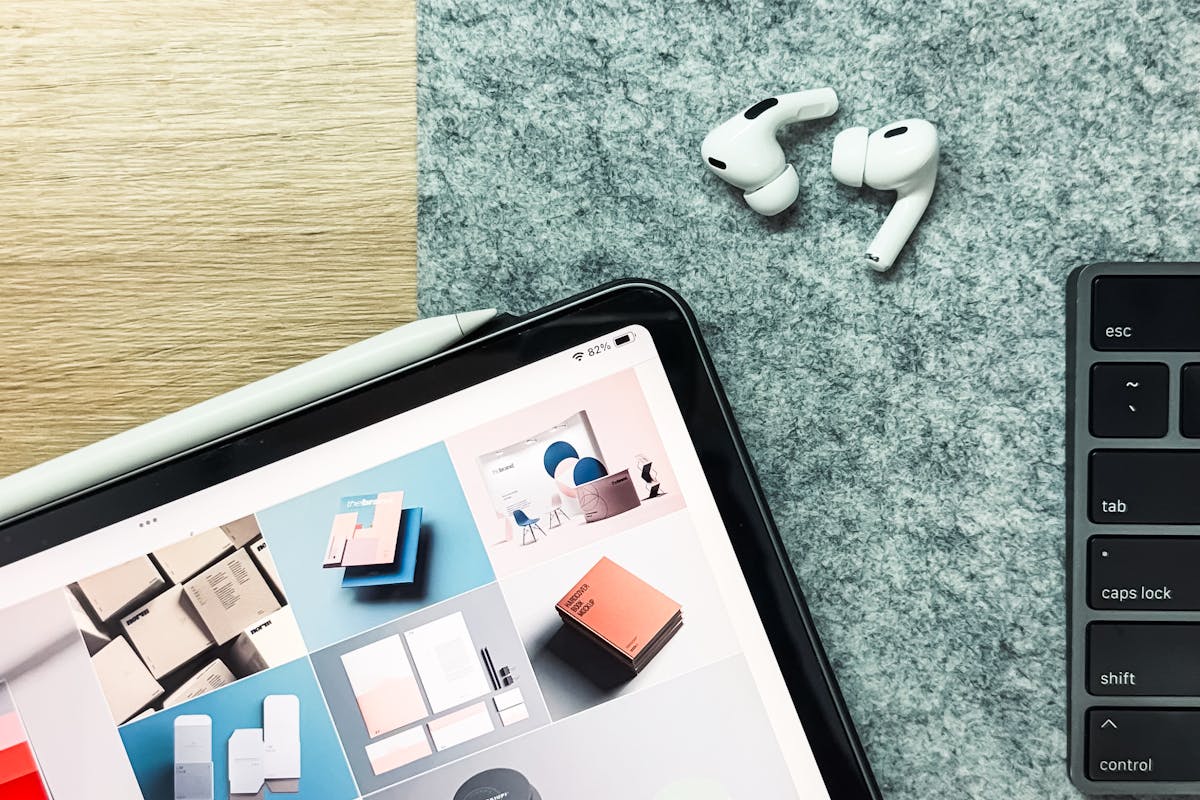How to Integrate Responsive Design into Web and Mobile Applications – A Guide to Adapting to Different Screen Sizes
Users access content daily via various devices, from small smartphone screens to large monitors, making it crucial to ensure your web or mobile app provides a seamless experience regardless of screen size. This is where responsive design comes into play—an approach that allows applications to automatically adjust to different devices and resolutions. In this guide, you'll learn how to implement responsive design, using the right techniques and tools to create apps that offer an optimal user experience across all platforms.
Users access content daily via various devices, from small smartphone screens to large monitors, making it crucial to ensure your web or mobile app provides a seamless experience regardless of screen size. This is where responsive design comes into play—an approach that allows applications to automatically adjust to different devices and resolutions. In this guide, you'll learn how to implement responsive design, using the right techniques and tools to create apps that offer an optimal user experience across all platforms.
What is Responsive Design?
Responsive design is an approach to building web and mobile applications that allows the interface to automatically adapt to various screen sizes. Instead of creating different versions for different devices, responsive design ensures that one application works smoothly on all devices. Key elements include flexible layouts, images, and media queries, which together make the application adaptable.
Why is Responsive Design Important?
Today, users access applications from various devices—smartphones, tablets, and large desktop monitors. Around 60% of all internet traffic comes from mobile devices, making it imperative to have a design that adapts to different screen sizes and resolutions.Not only does this improve the user experience, but optimized websites also perform better in search engine rankings, such as on Google. SEO (Search Engine Optimization) becomes crucial here, as Google favors mobile-friendly websites.
Responsive design is an approach to building web and mobile applications that allows the interface to automatically adapt to various screen sizes. Instead of creating different versions for different devices, responsive design ensures that one application works smoothly on all devices. Key elements include flexible layouts, images, and media queries, which together make the application adaptable.
Why is Responsive Design Important?
Today, users access applications from various devices—smartphones, tablets, and large desktop monitors. Around 60% of all internet traffic comes from mobile devices, making it imperative to have a design that adapts to different screen sizes and resolutions.Not only does this improve the user experience, but optimized websites also perform better in search engine rankings, such as on Google. SEO (Search Engine Optimization) becomes crucial here, as Google favors mobile-friendly websites.
Key Elements of Responsive Design
This approach ensures that the number of columns adapts to the available space, making the layout dynamic.
- Fluid Grids and Flexible Layouts One of the foundations of responsive design is the use of fluid grids. Unlike fixed grids that use pixels, fluid grids are based on percentages, allowing elements on the page to dynamically adjust depending on the screen size.
.container {
width: 100%;
display: grid;
grid-template-columns: repeat(auto-fit, minmax(200px, 1fr));
}
- Media Queries Media queries allow us to adjust styles based on device characteristics, such as screen width, height, orientation, and resolution. This way, we can define specific styles for different devices.
@media (max-width: 768px) {
.navigation {
display: none;
}
}
- Flexible Images and Media Images and video content are often a challenge in responsive design because they can have fixed dimensions. Using flexible images that adapt to the screen size is essential to avoid issues with overly large images on small devices.
img {
max-width: 100%;
height: auto;
}
- Mobile-First Approach When developing responsive applications, it is recommended to use a mobile-first approach. This means starting the design for the smallest screens (mobile devices) and then expanding it for larger screens. This approach optimizes for the most commonly used devices and ensures that basic functionalities are always available.
/* Basic design for mobile devices */
body {
font-size: 14px;
}
/* Styles for tablets */
@media (min-width: 768px) {
body {
font-size: 16px;
}
}
/* Styles for desktop */
@media (min-width: 1024px) {
body {
font-size: 18px;
}
}
- Bootstrap: A popular CSS framework offering predefined grid systems, components, and media queries, making it easier to create responsive pages.
- CSS Grid and Flexbox: Modern CSS technologies that enable dynamic layouts with minimal code.
- Figma and Adobe XD: UI design tools that allow for the creation of prototypes for responsive applications.
Testing Responsive Design Once you implement responsive design, it’s important to test the application on various devices. Tools like Google Chrome DevTools or BrowserStack allow you to simulate different devices and detect potential issues.Testing should include:
- Checking the visual display on different devices and screen sizes.
- Checking performance, especially on mobile devices with limited resources.
- Testing all interactive elements to ensure they work properly across platforms.
Responsive design is essential for creating modern web and mobile applications that deliver a consistent user experience, regardless of the device. By implementing fluid grids, flexible images, and media queries, and using a mobile-first approach, you can ensure that your app looks and functions flawlessly on all screens. Don’t forget to regularly test and adjust the design to meet user needs.Integrating responsive design into your applications is not just a technical challenge but an investment in user satisfaction, which can lead to better results and the success of your application in the long run.
Nordia Digital
🌐 Website: nordia.hr | nordia-digital.com
📧 Email: info@nordia-digital.com
📞 Phone: +385 99 375 5005 (call,sms,WhatsApp)
🌐 Website: nordia.hr | nordia-digital.com
📧 Email: info@nordia-digital.com
📞 Phone: +385 99 375 5005 (call,sms,WhatsApp)
